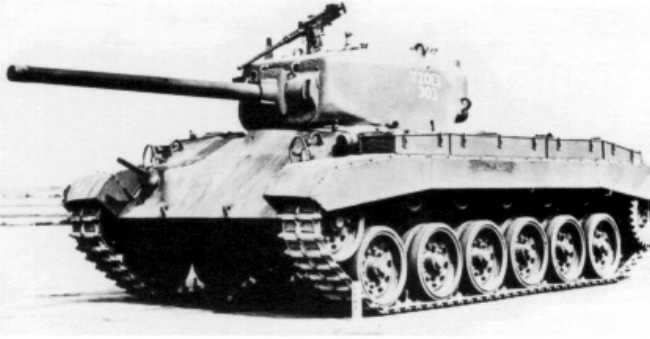History
The Smithsonian National Museum of American History provides the following account of the history of the United Shoe Machinery Corporation.
The United Shoe Machinery Company was formed in 1899 by the consolidation of three shoe machinery firms in the industry: Goodyear Shoe Machinery Company; Consolidated McKay Lasting Machine Company; and McKay Shoe Machinery Company. The new company continued the practice previously followed by its constituent firms of renting machinery that it manufactured instead of selling it. After the 1899 merger, United grew quite rapidly. In 1903, it began construction of a new factory in Beverly, Massachusetts about thirty-five miles from Boston. At its peak, this company employed 9,000 workers and produced eighty-five percent of all shoemaking machines in the United States. By 1910, it had an eighty percent share of the shoe machinery market with assets reaching forty million dollars, and it had acquired control of branch companies in foreign countries. In 1917, the United Shoe Machinery Corporation, incorporated in 1905, absorbed the United Shoe Machinery Company. The United Shoe Machinery Corporation had its headquarters in Boston and its main manufacturing plant in Beverly, Massachusetts. In 1968, the United Shoe Machinery Corporation changed its name to USM Corporation. In 1976, United Shoe Machinery Company merged with Emhart Industries and produced the modern-day Emhart Corporation. In 1989, in order to resist a two billion dollar takeover attempt by a New York investment group (which included oil heir Gordon P. Getty), Emhart merged with Black & Decker Corporation. The merged company operates from Black & Decker's headquarters in Towson, Maryland. The company headquarters in Farmington, Connecticut, were closed in June 1989. [2]
Since its founding, the United Shoe Machinery Company was embroiled in legal disputes and controversial business practices. [3] [4] [5] [6] [7] By 1916, the factory sent out 24,000 machines per year. Unusually for its time, the company leased out its shoe manufacturing equipment, rather than selling it. A boot factory could use 50 different machines to stay competitive. The Bewerly(sic) site had food halls seating 700 employees, break rooms, leisure facilities, apprenticeship and a hospital. The company designed, built and tested the machines, and then disassembled them and sent them to customer factories. [8]
In December 1947 the US government brought proceedings against USM alleging a breach of the Sherman Antitrust Act in that the company had been a monopoly since 1912. [9] A "trial of prodigious length" followed, with the verdict going against USM, but the corporation wasn't broken up and the judgement and remedy was confirmed by the Supreme Court in 1954.
The government renewed its complaint in 1967 but although the District Court ruled nothing had changed, this time the Supreme Court ordered USM to be broken up. It was required to divest a substantial part of its business and change its leasing strategy over a 10-year period, with the sell-off raising $400 million. It continued to innovate within the shoe manufacturing industry, but it also developed such modern inventions as the hot glue gun, the soda can pop-top, the drive mechanism for the Lunar Roving, and pop rivets for the Concorde. [9] However, the attempts at diversification failed to generate enough money and in 1976 the company, heavily in debt, was bought by Emhart Corporation, now Stanley Engineered Fastening, [10] an organisation half its size. [11]
In 1987 a management buyout led by the management of British United Shoe Machinery (BUSM) bought the shoe machinery operations, including USM, from Emhart Industries and control of USM then passed to the UK as part of the newly created United Machinery Group (UMG). [12] Subsequently, the USM headquarters moved into a new high-tech factory outside Boston. In 1995 UMG was acquired by Venture Capitalists Apax Partners Corporate Finance Limited, [13] but after financial difficulties UMG went into administration in 2000.
The anti-trust case against the United Shoe Machinery Company have drawn comparisons to subsequent anti-trust cases against IBM [14] [15] and Microsoft. [16]
Research and development
The corporation pioneered the development and production of a synthetic leather materials. [17]
During the Interbellum era corporate Research Division designed and developed gun mounts, gun turrets, fire control equipment, automatic guns, automatic fuse setting, bomb release equipment, automatic conveying equipment, and automatic rocket projectors, as well as many other things of military interest. [18]
During the postwar years, the corporate engineers experimented intensively with armoured fighting vehicles of modular design, kindred by common chassis, common armor elements, interchangeable armament, automatic loading for weapons, and low weight in order to attain high speeds, coupled with various comfort add-ons provided for the housed crew.
This page is based on this
Wikipedia article Text is available under the
CC BY-SA 4.0 license; additional terms may apply.
Images, videos and audio are available under their respective licenses.











